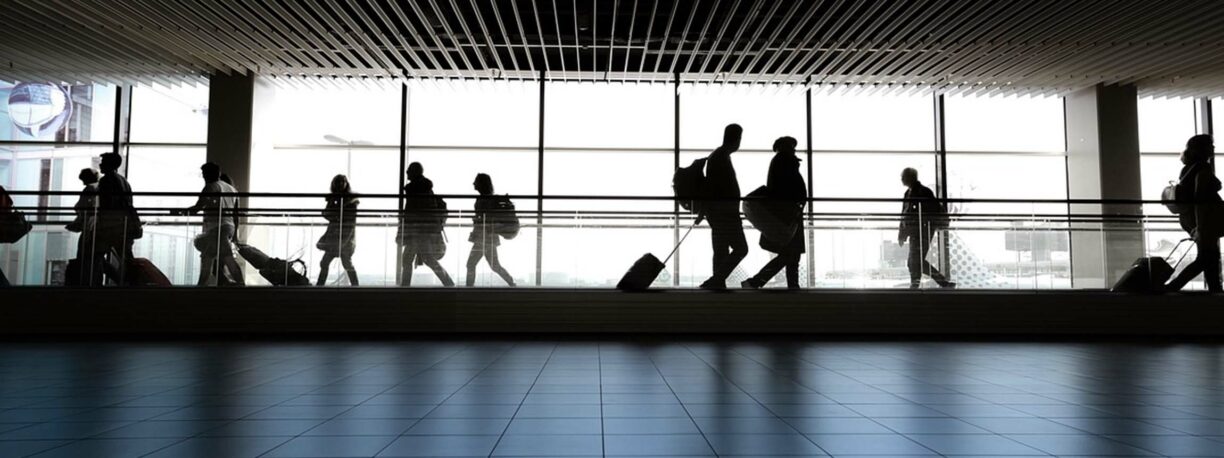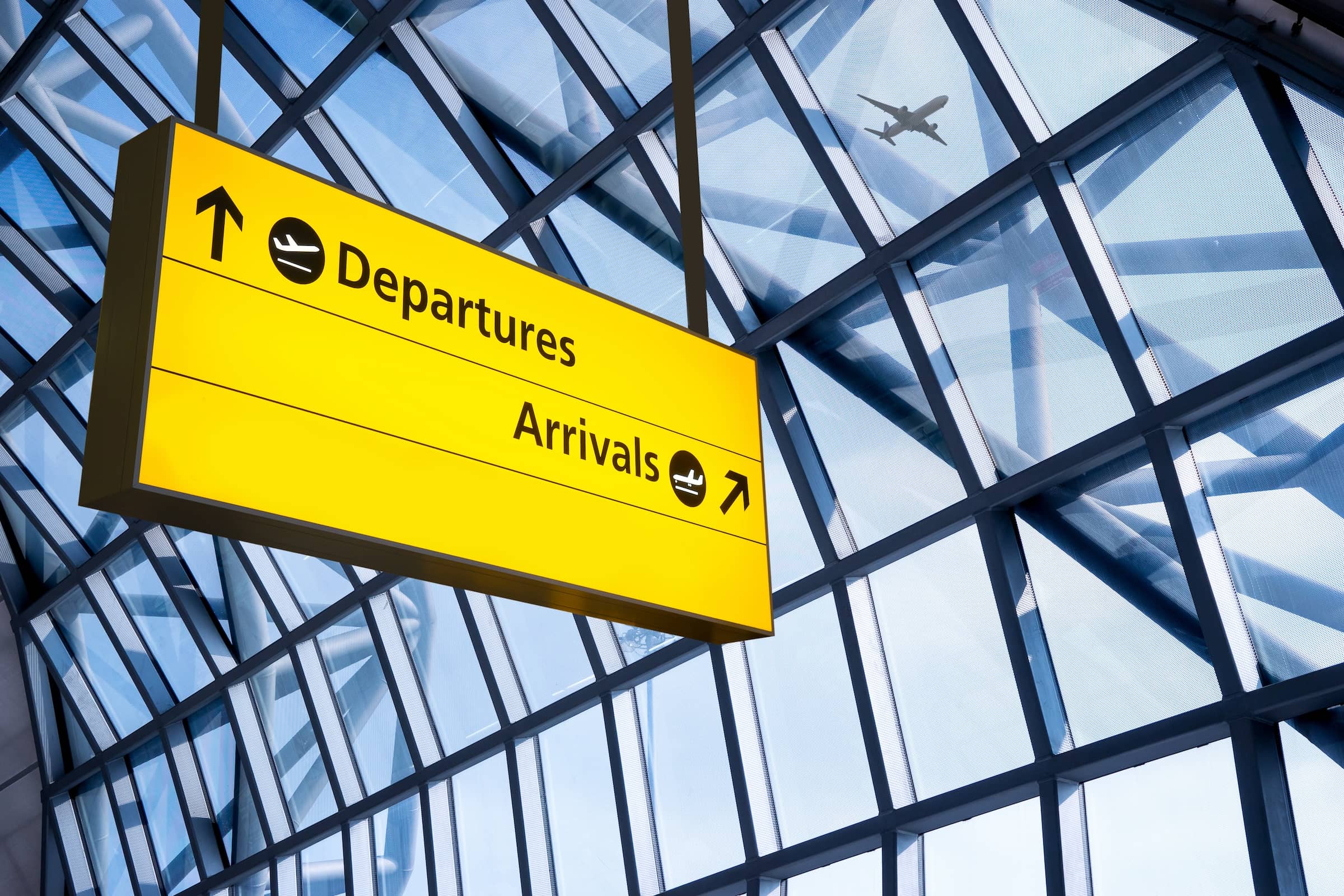Travelling is an exciting adventure, offering new experiences and unforgettable memories. However, it also comes with its own set of risks.
Ski Vertigo, reveals five hidden travel dangers you need to be aware of before your next trip.

By being aware of these dangers and taking appropriate precautions, you can significantly reduce the risks and enjoy a safer and more pleasant journey.
1. Scams: Beware of the Tricks
Travellers are prime targets for various scams due to their unfamiliarity with local environments and customs. These scams range from subtle tricks to more aggressive tactics. Common scams include:
- Fake Taxi Drivers: Some drivers might not use meters and charge exorbitant fares, or they might take longer routes to increase the fare. This is particularly common at airports and major tourist attractions. Always use licensed taxis or rideshare apps, and if possible, agree on a fare before starting the journey.
- Pickpocketing: In crowded tourist areas, pickpockets can be very skilled at taking your valuables without you noticing. This can happen on public transportation, in markets, or at popular tourist spots. Keep your belongings secure, use anti-theft bags, and avoid carrying large amounts of cash.
- Fake Tour Guides: These scammers offer to show you around but might lead you to overpriced shops where they earn a commission or provide subpar service. They might approach you near famous landmarks or tourist attractions. Always book tours through reputable companies or verify credentials.
- Street Games: Games like the shell game or card tricks often involve sleight of hand and accomplices to ensure you lose money. It’s best to avoid participating, as these games are rigged to ensure you don’t win.
Prevention Tips:
- Research common scams in your destination before travelling. Knowledge is your first line of defence.
- Keep your valuables secure and use anti-theft bags. Consider using money belts or hidden pouches.
- Be cautious when approached by strangers offering unsolicited help or services. Trust your instincts and avoid overly persistent individuals.
2. Cultural Misunderstandings: Respecting Local Norms

Cultural norms and practices vary widely around the world. What might be considered polite or normal behaviour in one culture can be offensive or inappropriate in another.
Examples:
- Tipping Practices: In the United States, tipping is customary and expected in many service industries, while in Japan, it can be seen as rude or unnecessary. In some European countries, a service charge is included in the bill, and additional tipping is not required.
- Dress Codes: Some countries have strict dress codes, especially in religious sites. For instance, covering shoulders and knees might be required in certain places in the Middle East or at religious sites in Europe. In contrast, beachwear is appropriate only at the beach in many cultures.
- Gestures: Hand gestures that are benign in your culture could be offensive elsewhere. For example, the “thumbs up” sign is considered rude in some Middle Eastern countries, while the “OK” sign can be offensive in Brazil and Turkey.
Prevention Tips:
- Learn about the cultural norms and etiquette of your destination. Guidebooks and travel websites often provide valuable insights.
- Observe and follow the behaviour of locals. When in doubt, mimic the actions of those around you.
- When in doubt, ask for advice from hotel staff or local guides. They can provide guidance on appropriate behaviour and customs.
3. Health Risks: Staying Healthy on the Road
Travelling exposes you to new environments, foods, and potential health risks that you might not be accustomed to. Preparing for these health risks can help ensure a safe and healthy trip.
Health Concerns:
- Vaccinations: Ensure you have all required and recommended vaccinations for your destination. Some countries might require proof of vaccination for entry, particularly for diseases like yellow fever. It’s important to consult with a travel clinic well in advance of your trip.
- Food and Water Safety: In many destinations, tap water is not safe to drink, and street food might not be prepared under hygienic conditions. Stick to bottled water, avoid ice in drinks, and eat at reputable establishments. Be cautious with raw or undercooked foods.
- Mosquito-Borne Diseases: Diseases like malaria, dengue fever, and Zika are prevalent in certain regions. Use insect repellent, wear long sleeves and trousers, and sleep under mosquito nets if necessary. Consider prophylactic medications if traveling to areas with high malaria risk.
Prevention Tips:
- Consult a travel clinic for vaccinations and health advice before your trip. They can provide specific recommendations based on your destination and planned activities.
- Pack a travel health kit with essentials like medications, hand sanitiser, and a basic first-aid kit. Include any prescription medications you need, as well as treatments for common ailments like diarrhoea and headaches.
- Be mindful of what you eat and drink. Opt for cooked foods, peel fruits and vegetables yourself, and avoid street food unless you are confident in its safety.
4. Natural Disasters: Being Prepared
Different regions have different vulnerabilities to natural disasters such as earthquakes, hurricanes, floods, and volcanic eruptions.
Examples:
- Earthquakes: Japan and California are well-known earthquake zones. Familiarize yourself with earthquake safety procedures, such as “Drop, Cover, and Hold On.” Know the evacuation routes and safe spots in your accommodation.
- Hurricanes: The Caribbean, Gulf of Mexico, and the southeastern United States are prone to hurricanes, especially during the hurricane season from June to November. Stay informed about weather conditions and have an evacuation plan.
- Floods: Monsoon season in South Asia and various parts of the world can lead to severe flooding. Be aware of the local weather patterns and avoid travel during peak flood periods if possible.
Prevention Tips:
- Check the weather forecast and natural disaster risks for your destination. Monitor local news and weather updates.
- Have a plan in case of an emergency, including knowing where the nearest shelter is and having emergency contact numbers. Keep a list of important contacts and local emergency services.
- Purchase travel insurance that covers natural disasters. Ensure your policy includes evacuation coverage if you need to leave the area quickly.
5. Transportation Safety: Ensuring Safe Travel
The safety standards for transportation can vary significantly between countries. Poorly maintained vehicles, unsafe driving practices, and unreliable public transportation can pose serious risks.
Concerns:
- Road Safety: Traffic laws and enforcement can be lax in some countries, leading to higher accident rates. Be cautious when driving or crossing streets. Familiarize yourself with local traffic rules and consider hiring a driver if you’re uncomfortable driving.
- Public Transport: Some public transportation systems might be overcrowded or unsafe. It’s important to research the most reliable and safest options. In some places, buses and trains may not adhere to schedules or safety standards.
- Boat and Ferry Safety: In some regions, boats and ferries might be over capacity or poorly maintained. Always choose reputable companies, wear life jackets when available, and avoid travelling during poor weather conditions.
Prevention Tips:
- Research and use reputable transportation services, even if they are more expensive. Look for reviews and recommendations from other travellers.
- Avoid travelling at night, especially in unfamiliar or rural areas. Night-time travel can increase the risk of accidents and encounters with crime.
- Be aware of local traffic laws and customs if you plan to drive. Consider obtaining an International Driving Permit (IDP) and ensure you have adequate insurance coverage.
A spokesperson from Ski Vertigo commented on the findings:
“For a safer travel experience, always keep a photocopy of important documents, such as your passport, visa, and travel insurance, stored separately from the originals. This can be invaluable if the originals are lost or stolen. It’s also wise to share your itinerary with a trusted friend or family member, so someone knows your whereabouts in case of an emergency. Having a list of emergency contacts, including local embassy or consulate information, can provide peace of mind and quick assistance if needed.
Another safety tip is to stay connected and informed by using travel apps that offer real-time updates on local safety conditions, weather, and transportation schedules. Apps like Google Maps can help you navigate unfamiliar areas safely. Make sure to have a fully charged power bank to keep your devices operational throughout the day. When exploring, stick to well-lit, populated areas, especially at night, and trust your instincts—if something feels off, it’s better to play it safe and move to a safer location.”
By being aware of these hidden travel dangers and taking appropriate precautions, you can enjoy a safer and more pleasant trip. Happy travels!





